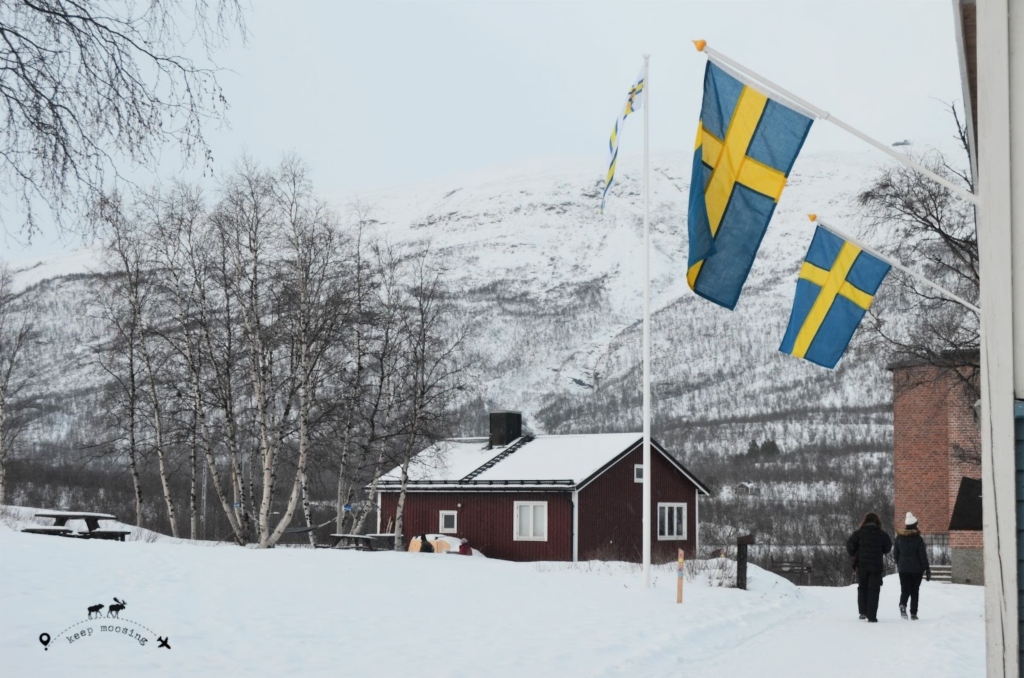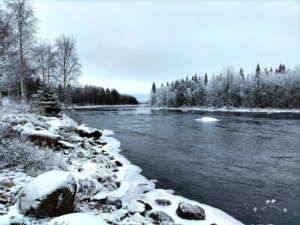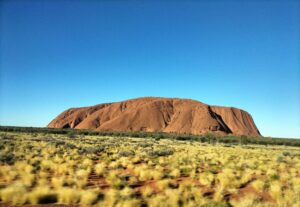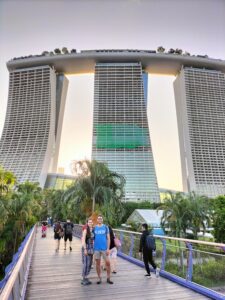Table of Contents
| You haven’t been to Swedish Lapland if… FOOD – You haven’t had a barbecue in a typical Sami tent! ATTRACTIONS – You haven’t fed the reindeer at Nutti Sámi Siida! SLEEPING – You haven’t spent the night in a glass igloo in the Lappish forest! SOUVENIRS – You haven’t packed at least one piece of Sami handicraft! |
Introduction
When we think of Lapland, we often picture Rovaniemi and Santa Claus Village, located in the northern part of Finland. But did you know that this vast region extends from Norway in the west to Russia in the east? This article shows you what to see in Swedish Lapland traveling with us along our 5-day itinerary in this wonderful region.
From the moment we discovered Sweden, and in particular Stockholm, both Claudia and I felt a special connection with this place that makes us feel at peace. This is the reason why over the years we’ve made several trips to this country, both in winter and summer.
In November 2021, we decided to go even further north to Lapland, an area we’d never been to before. After such a wonderful experience, we felt inspired to share our itinerary with you. We know that planning a trip of this type can be challenging, so we’re here to help!
In total, we spent 7 days in Sweden in late November, with five actual days above the Arctic Circle and another two days travelling to and from Stockholm by train.
If you’re thinking of organising a trip to these latitudes, the simplest thing is to focus on the towns of Kiruna and Abisko. Kiruna is the main centre of the region and Abisko is one of the most important places in the world to admire the Northern Lights.
Use these two little towns as a base to explore the surroundings and enjoy unforgettable experiences in Arctic nature. If you want to visit this wonderful land without spending a fortune, then this read is perfect for you!
If you want to know all the essential info about Swedish Lapland in winter, read our article here. If you want to visit these places in summer, click here!
We’d love to hear your suggestions in the comments so we can make this experience even more sensational for those who have never been there!
What to see in Swedish Lapland in winter
We didn’t rent a car, so we mainly used guided group excursions, both in the evening and during the day. This was such a great way to explore the most spectacular surroundings of Kiruna and Abisko.
We got to discover hidden corners of rare beauty that we would have hardly been able to reach independently. We’ve got lots of great activities for you to enjoy this season in Swedish Lapland!
Among all these options, these are the ones we selected:
- Cost: 94€ per person
- BBQ with local specialties in a Sami tent and hunting for the Northern Lights in a minivan
- Provider: Abisko Guesthouse & Activities
- Cost: 81€ per person
- Excursion aboard a minivan to spot and photograph moose
- Provider: Abisko Guesthouse & Activities
3. “Dogsled Northern Lights”
- Cost: 120€ per person
- Sleigh ride with huskies
- Provider: Kiruna Guidetur
5-day itinerary in Swedish Lapland in winter
Day 1 – What to see in Kiruna
As soon as we arrived at the lovely little station of Kiruna aboard the Polar Express, we were immediately catapulted into a completely different world: a landscape of snow and ice stretched everywhere around us. We quickly got changed and decided to walk to the town centre.
Since our first overnight stay would be at the lovely Aurora Camp Kurravaara, about twenty kilometres from Kiruna, we decided to leave our luggage at the impressive Scandic Ferrum Hotel, located at number 11 Stadshustorget. We’d collect them later on our way to the hotel.
We then set off to explore the lovely little town, which is so compact that you can easily get around on foot.
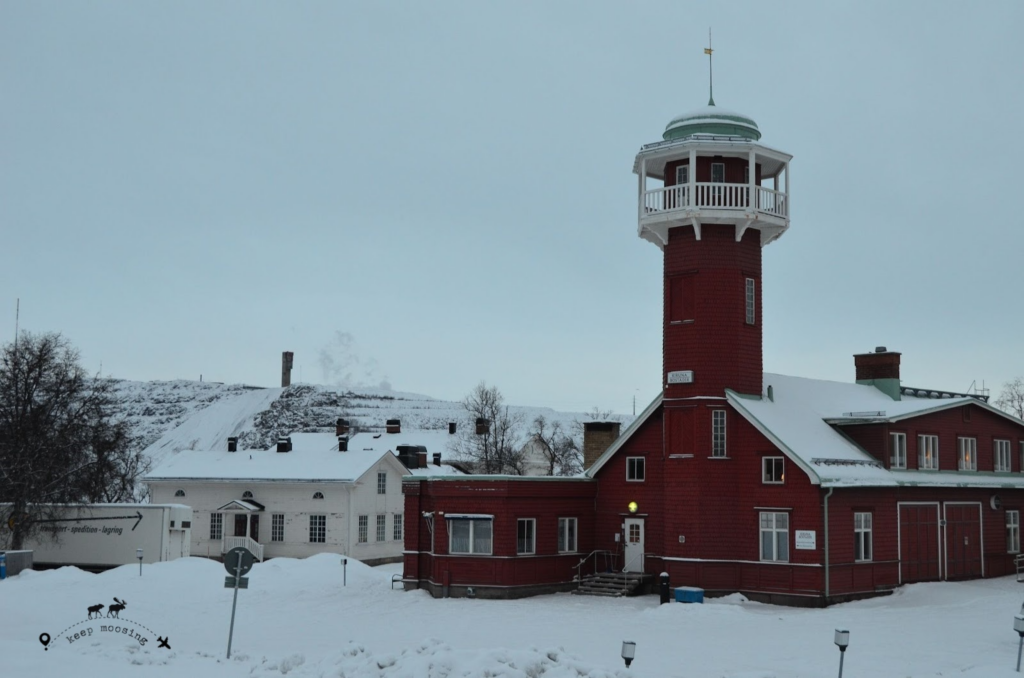
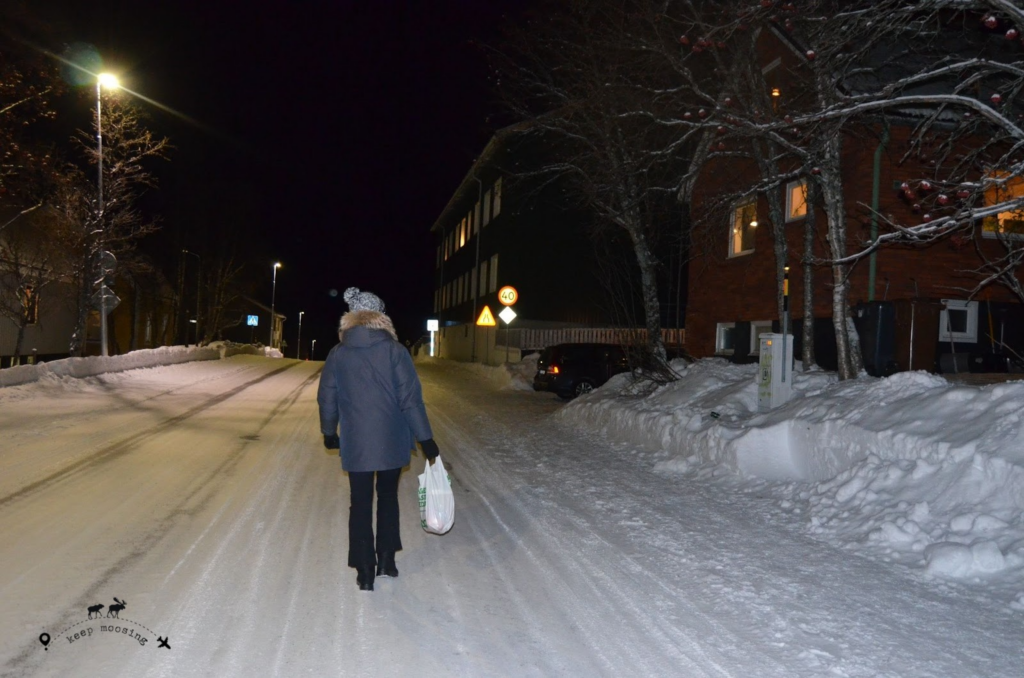
Kiruna is famous for its iron mine, one of the largest iron deposits in the world. Founded in 1900 to provide housing for mine workers, a major relocation operation was launched in the town in 2018 due to risks of ground collapses caused by mining.
This has led to Kiruna today being known as the “city in motion”. Don’t worry if you’re short on time, as Kiruna’s main attraction is its red Sami-style church, one of Sweden’s largest wooden structures, built in the early 20th century.
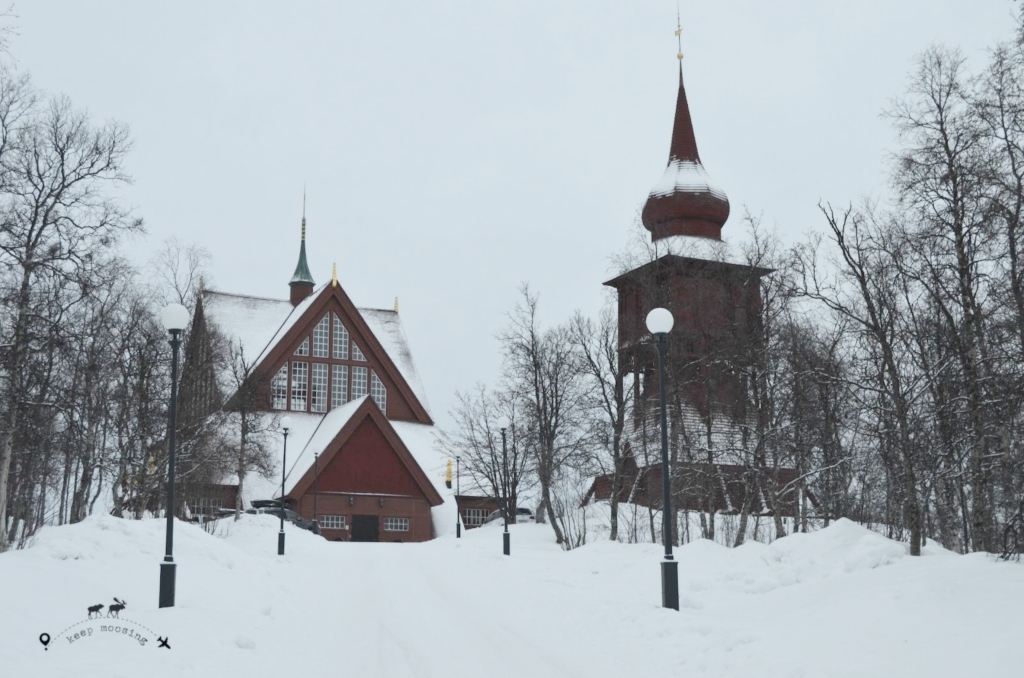
We really think you’ll love the modernist building that houses the town hall in Kiruna. It was designed by the Swedish architect Artur von Schmalensee and is absolutely beautiful. You’ll also get to admire some sculptures depicting miners at work, which we think you’ll find really interesting. One of these sculptures will be waiting for you just outside the city’s small station.
And there’s more! You can also join a guided tour of the largest iron ore mine in the world, which is available all year round.
After collecting our luggage, we reached our glass igloo in just 23 minutes by taxi (at a cost of €25). If you’d rather not take a taxi, you can also get to Aurora Camp Kurravaara by bus.
Bus number 502 is a great option as it’s much cheaper (between €2 and €4) but takes a little longer (around 1,15h) from the centre of Kiruna.
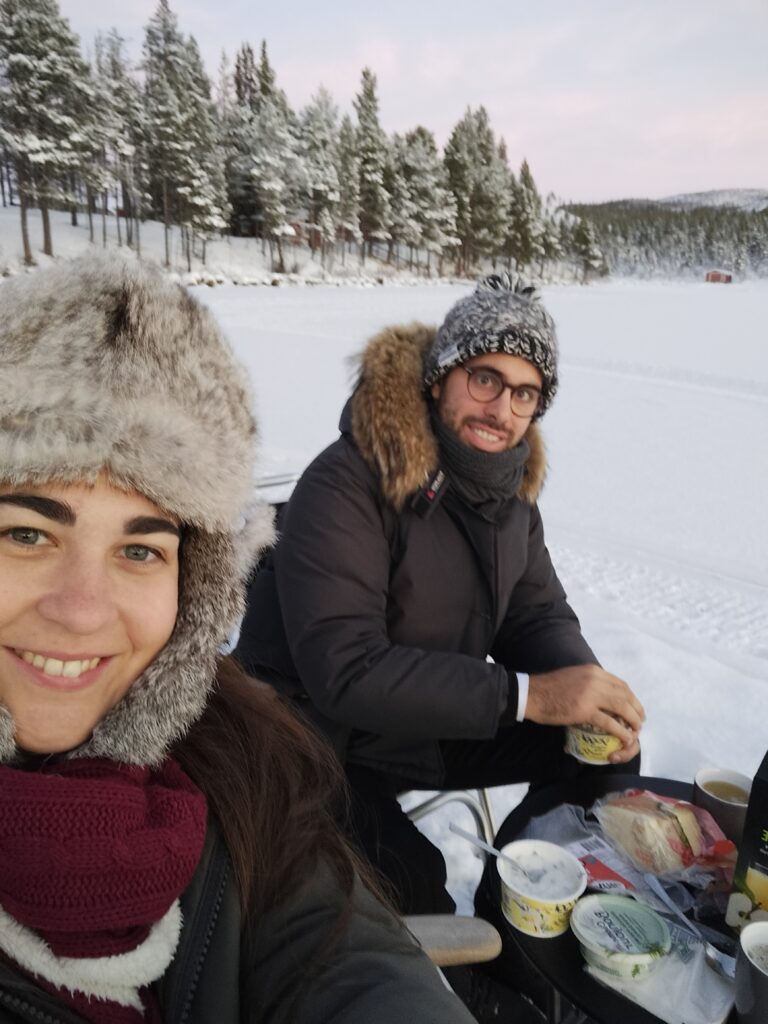
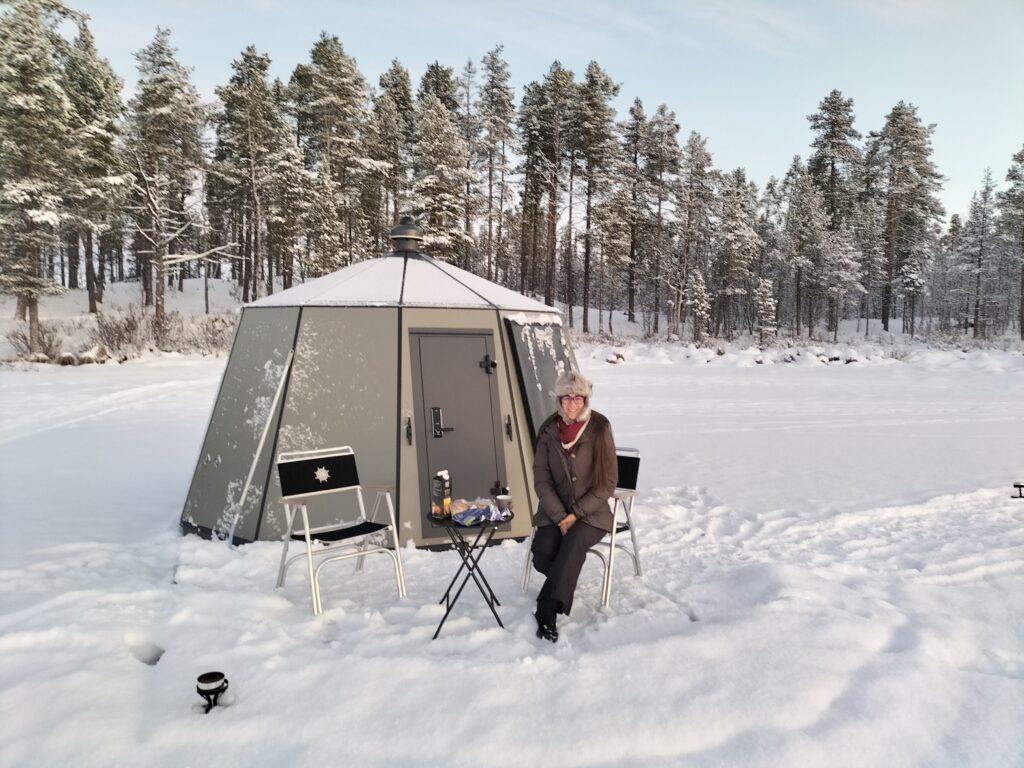
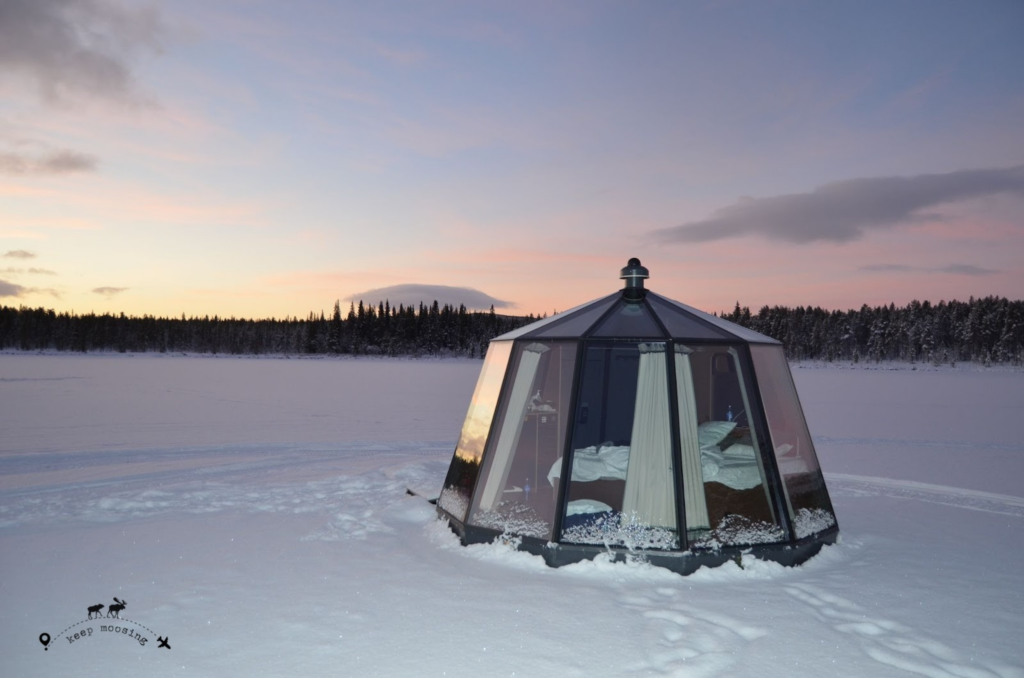
Day 2 – What to see and where to sleep in Abisko
After a lovely night in our glass igloo and a delicious breakfast, we were picked up by the Abisko Guesthouse & Activities shuttle and, after an hour and a half, arrived in the beautiful town of Abisko.
As we drove along, we were treated to some truly breathtaking views. From the moment we left Kiruna, we could see the magnificent Kebnekaise mountain, the highest in Sweden, with its two peaks reaching 2,103 and 2,097 metres.
And as we approached the end of our journey, we had the pleasure of driving right around Lake Torneträsk, one of the country’s largest lakes.
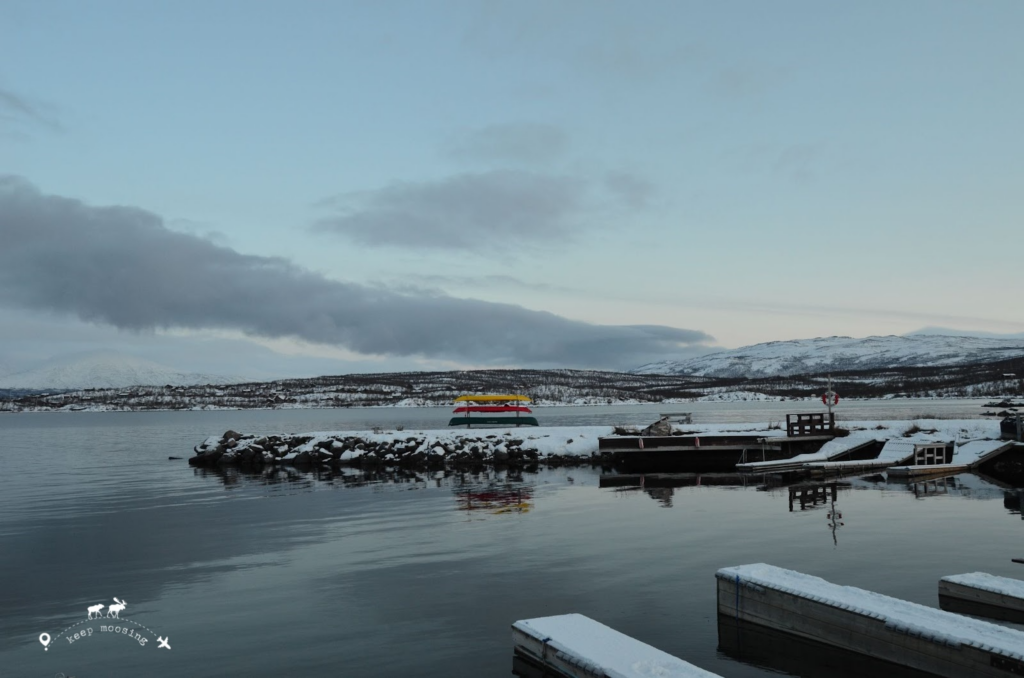
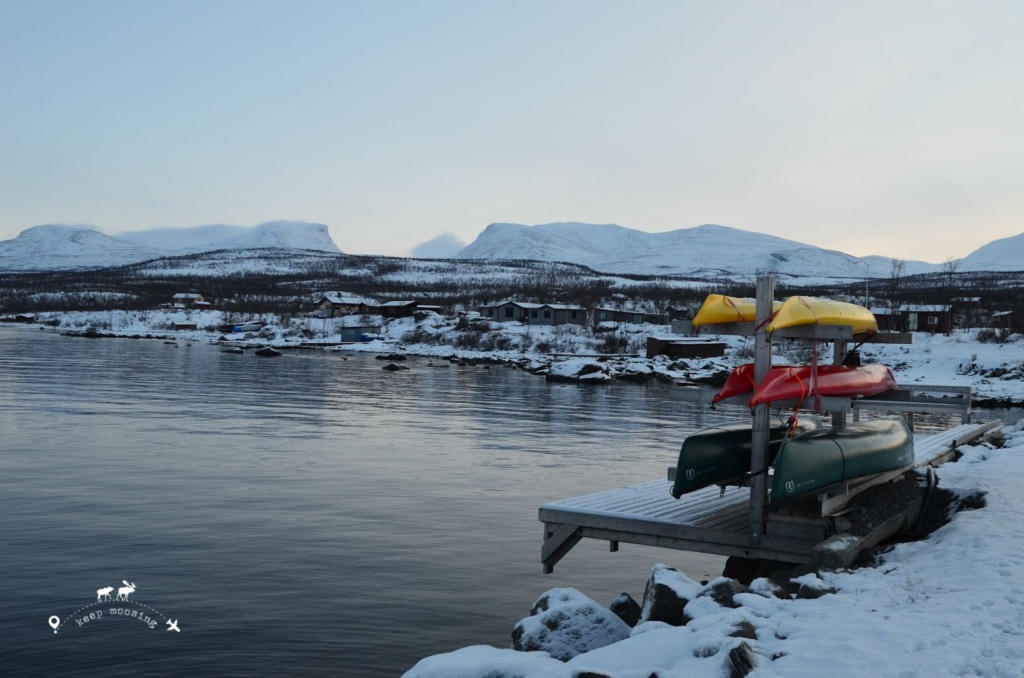
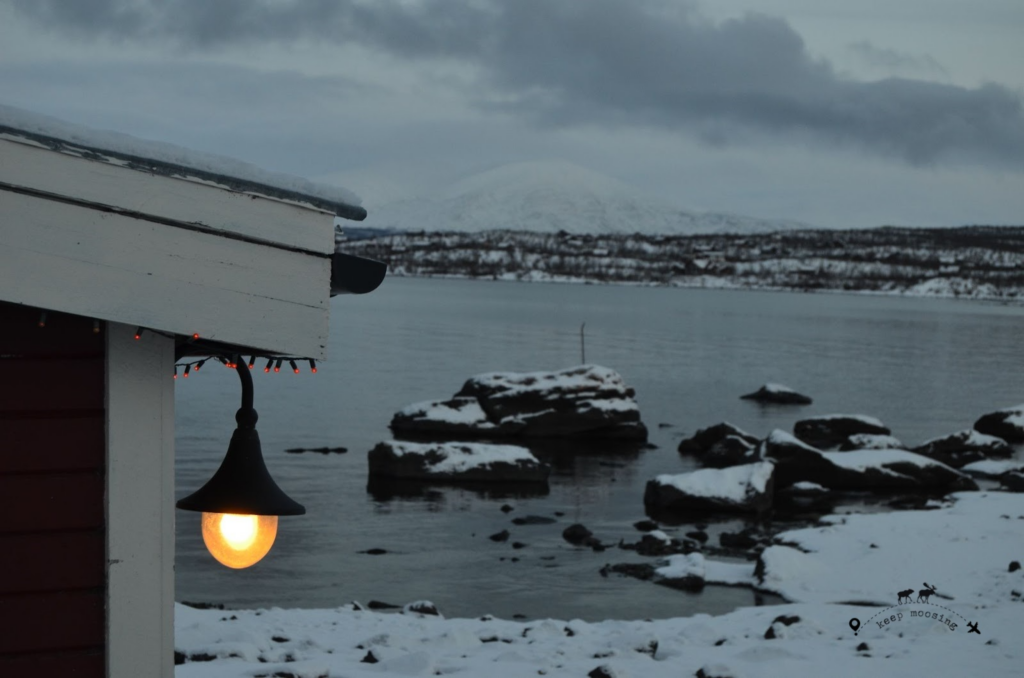
Abisko is a tiny village of just 85 people, but it attracts tourists from all over the globe thanks to its natural beauty and outdoor activities. It’s no wonder it’s considered one of the best places in the world to observe the Northern Lights! The particular shape of the valley that surrounds it makes it a truly special place.
If you’re looking for something special, be sure to check out the Aurora Sky Station! This amazing astronomical research facility is open to the public during the Northern Lights season, which runs from November to March. You can reach the station in two ways: by chairlift or by a lovely hike along the mountain path.
Once you’ve reached the top, you’ll have breathtaking views of the surrounding mountains and valleys. And there’s more! You’ll also get to enjoy a delicious gourmet dinner in the restaurant, which offers a breathtaking panoramic view of the landscape below.
Abisko is rightly proud to be known as the best place in the world for spotting the Northern Lights. And we can’t blame them, because we saw it right here! The Northern Lights are visible in several areas of Abisko, so you don’t need to spend a fortune to see them!
However, if you want to make the evening truly unforgettable, we highly recommend spending it at the Aurora Sky Station. For €190 per person, you’ll get access to the station, a delicious dinner based on Arctic dishes, a knowledgeable guide, the return chairlift ticket and the chance to wear additional warm clothing, in case yours aren’t enough.
Another fantastic spot in the area is Abisko National Park. It’s home to a whole host of wildlife, including a large population of moose, and it’s got some truly beautiful hiking and skiing trails. And there’s more! The famous Kungsleden Trail, also known as the “king’s path”, begins here. This incredible hiking trail offers spectacular views of the surrounding mountains, forests and lakes.
In the afternoon in Abisko, we decided to dedicate ourselves to some lovely walks around our hotel and to exploring the shores of the lake, which was such a delight. In the evening, we joined the barbecue in the Sami tent, which was included in our first excursion (#1).
After a delicious meal of sausages, soup, marshmallows and blueberry tea, we hopped aboard a minivan for our Northern Lights viewing experience. Unfortunately, the sky was very cloudy that evening, so we could only catch a distant green glow. But we decided to try again the next evening!
Day 3 – What to do in the surroundings of Abisko
On our second day in Abisko, despite the bad weather that prevented us from enjoying the local scenery, we decided not to stay in the hotel and took the train, the same night train that had taken us to Kiruna and would take us back to Stockholm, to the end of the long Polar Express route, in Narvik, Norway!
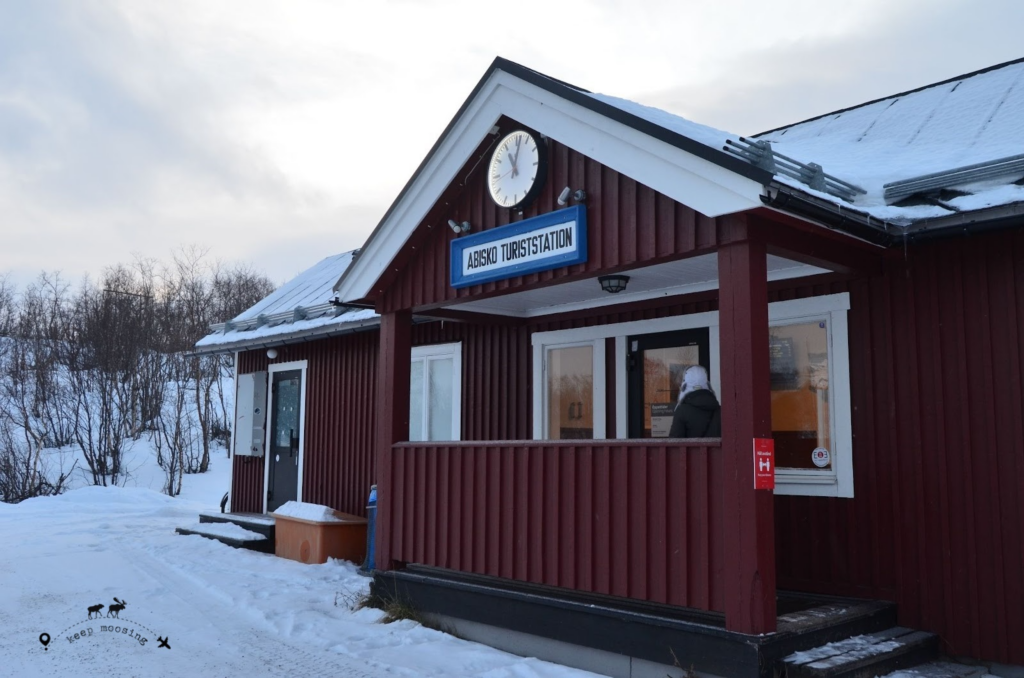
Narvik is a picturesque town on the shores of the Ofotfjord, surrounded by majestic mountains and fjords. With a population of around 19,000, Narvik is famous for its links to the mining industry and is an important transport hub with a busy harbour that welcomes cargo ships, ferries and cruise liners.
The train journey from Abisko to Narvik is worth the cost of the ticket in itself. The two-hour journey takes you through breathtaking scenery as the train climbs the mountains, offering spectacular views of the Norwegian fjords.
Our visit to the town was short due to the limited time we had – having organised it at the last minute, we left at midday and the last train back was at 4pm, so be careful! Also, the bad weather didn’t give us much of a break, but given what we were able to see, we highly recommend devoting one day of your trip in Swedish Lapland to discovering Narvik. You really will feel at the end of the world!
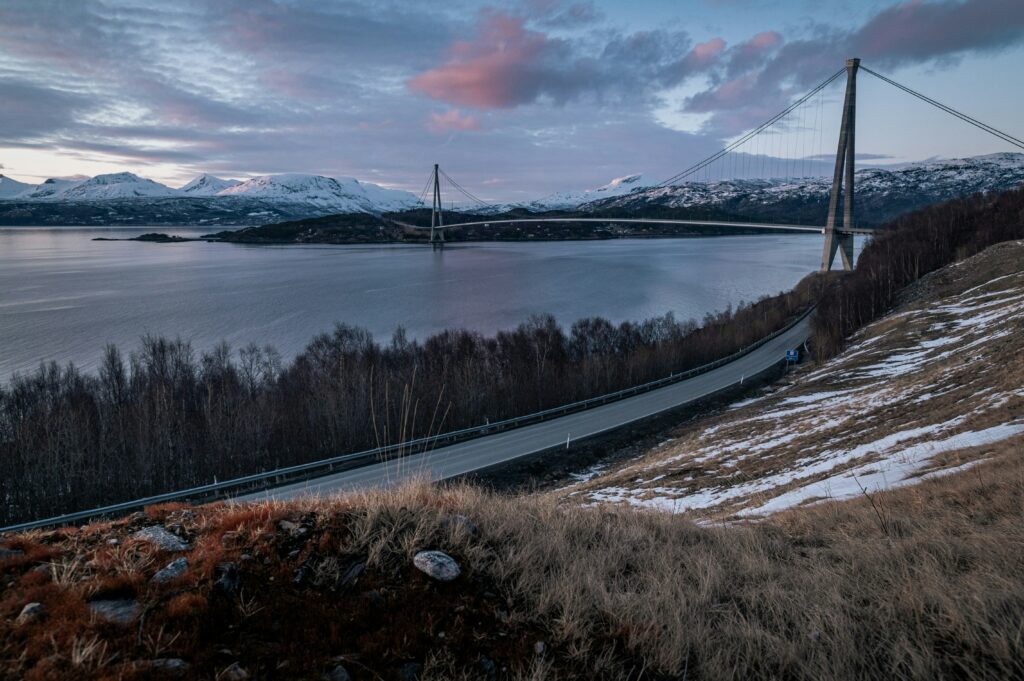
In the evening, while we were enjoying dinner in the hotel, the sky suddenly turned green and we ran outside (in pyjamas and slippers) to admire this truly exciting show!
It was the first time in our lives that we had the privilege of witnessing a show of such magnitude and I must say that it remained indelible in our memories even after years (unfortunately we cannot show you this wonder as we left our phones in the guesthouse when rushing out).
Day 4 – Moose Spotting and Dog Sledding in Abisko and Kiruna
The third day in Abisko is also the last day of our stay, and we planned a guided excursion that started from our hotel and took us all around Kiruna, where our trip continued!
On board a minibus, we follow the E10 backwards and, as we approach the city of Kiruna, we turn onto a small road in the woods. The purpose of this trip is to spot the moose, the symbol of these lands, and other fascinating Arctic animals such as hares and foxes.
Our guides warn us whenever there is a chance of seeing something, and we are very lucky: by the end of the tour we have seen a total of six moose, some with calves, as well as various other small animals. After a quick hot meal (included in the price) of sausages and blueberry tea, the trip ends at the reception of our last hotel in Lapland, Camp Ripan in Kiruna.
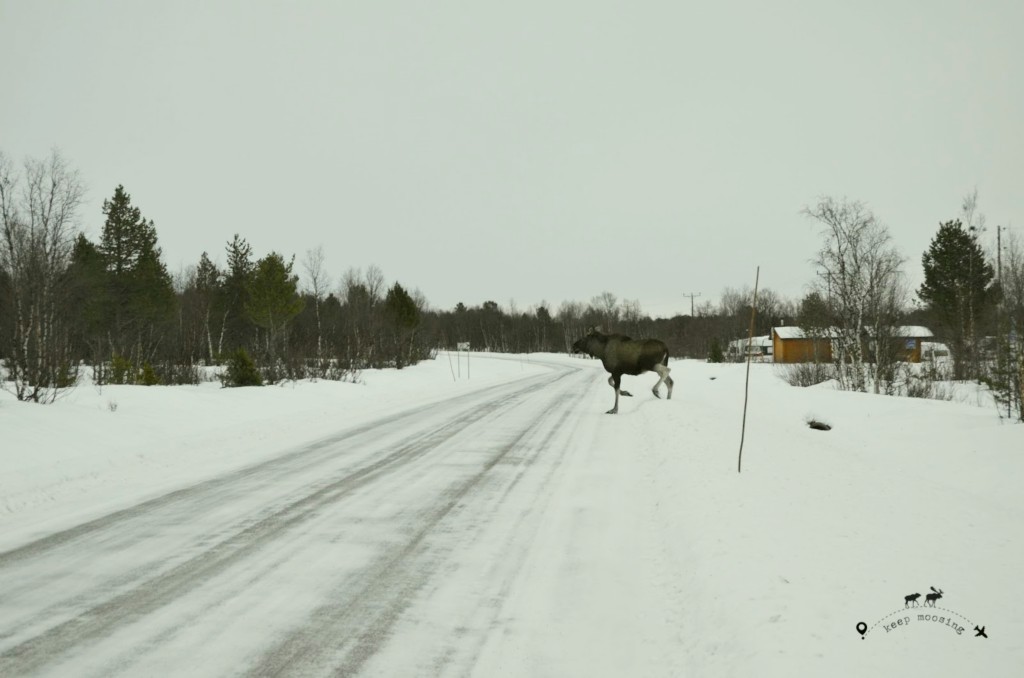
We spend the afternoon exploring the surroundings of our hotel, and when it gets dark, it’s time to head to the Kiruna Guidetour agency in the heart of the city for the sled dog experience.
The price includes a guide who will lead the sled through the forest, the possibility of using extra warm clothing such as hats, gloves and boots, transfer from Kiruna to the place where the dogs are located and a typical hot meal in a Sami tent.
The whole trip takes about two and a half hours, and if you are lucky you will be able to see the Northern Lights from the comfort of your sled in the forest (spoiler, we were not!).
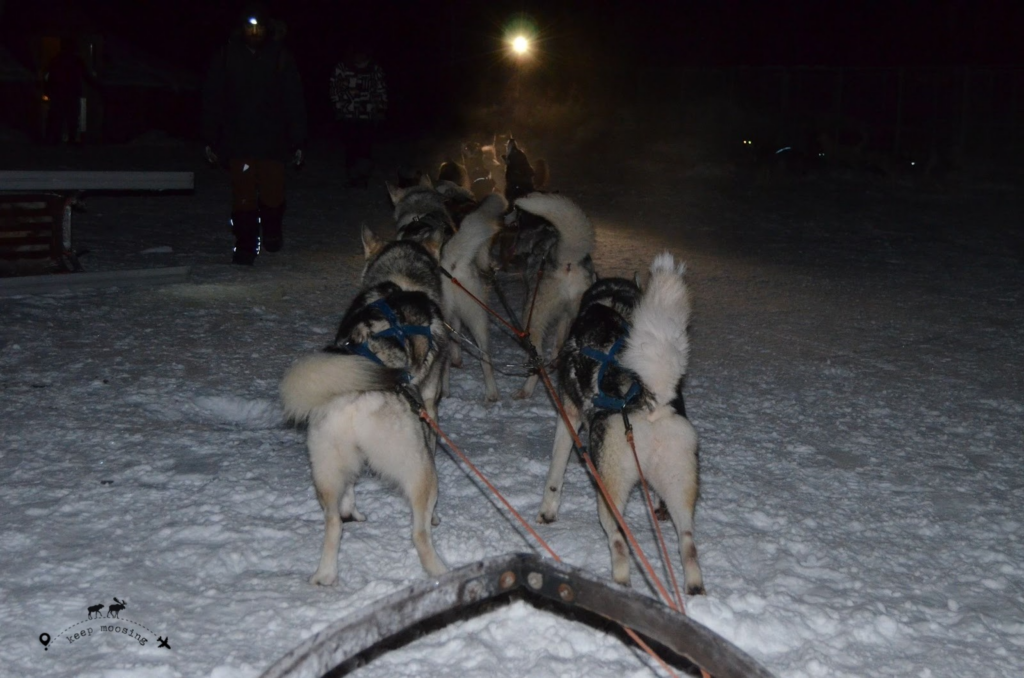
Furthermore, if you wish to be picked up directly from your hotel instead of going to the agency, an additional service is available at a cost of 75 SEK (approximately €7) for adults and 37 SEK (approximately €3) for children.
Day 5 – What to do in the surroundings of Kiruna
Our last day in Kiruna is dedicated to discovering Sami culture by visiting Nutti Sámi Siida, an open-air museum in Jukkasjärvi, about twenty kilometres from Kiruna. Before you enter, however, we recommend that you take a few minutes to visit the beautiful wooden church of Jukkasjärvi, which will be in front of you as you get off the bus.
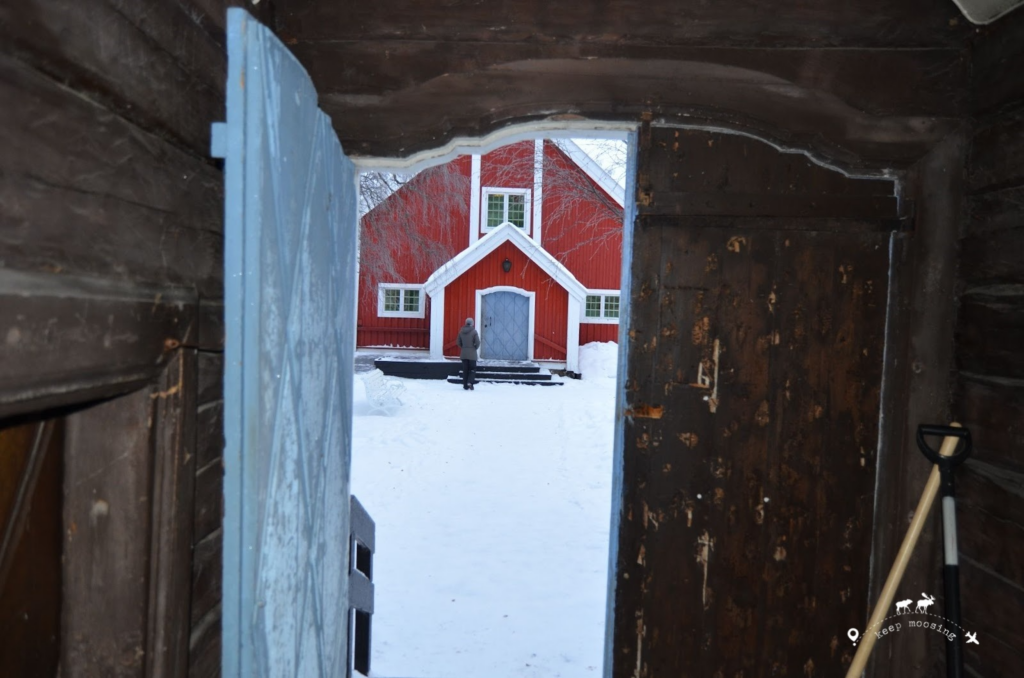
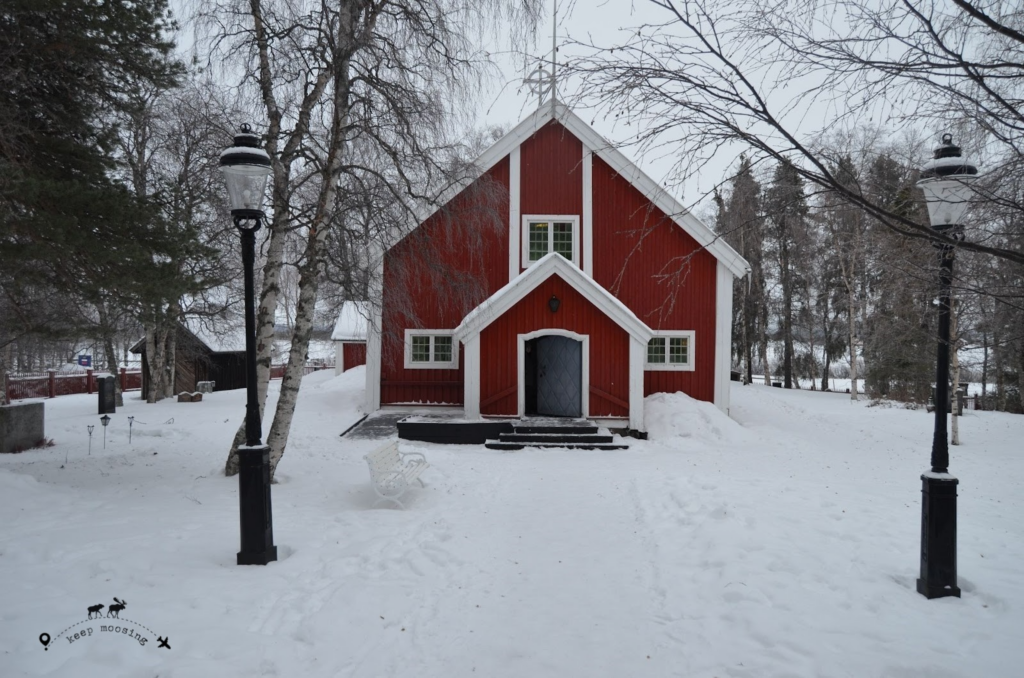
Inside Nutti Sámi Siida there is a large area where you can come into direct contact with the reindeer: if you offer them food, they will approach you and just wait to be petted (but watch out for the antlers!). The centre also has a large Sami-style tent (Café Sápmi) with wooden benches and tables where local specialities are served, and there are also some craft shops where you can buy souvenirs.
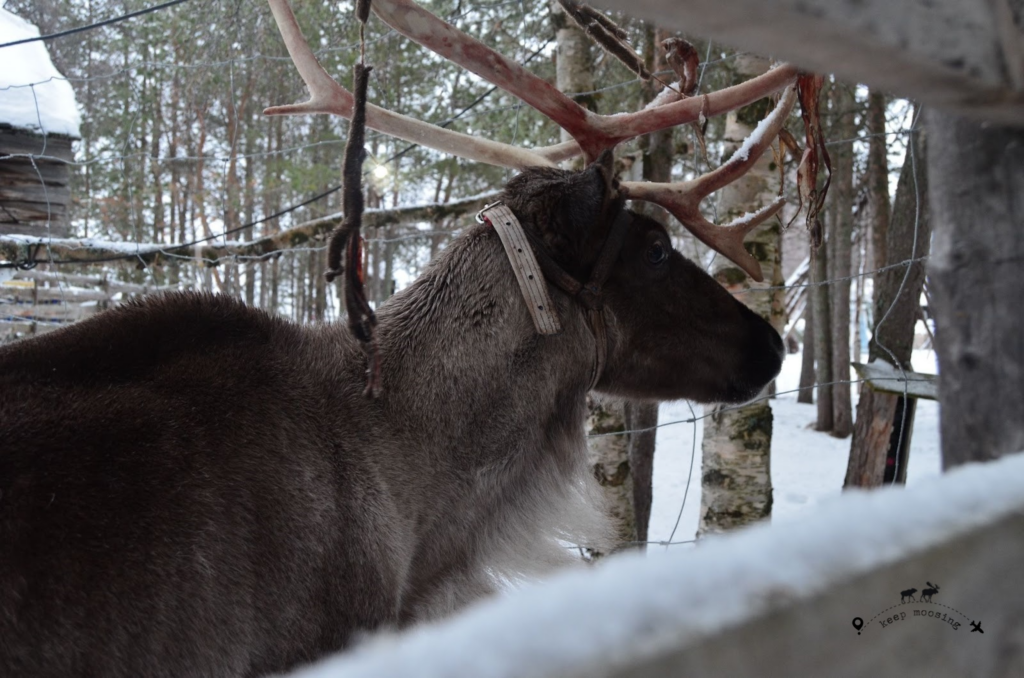
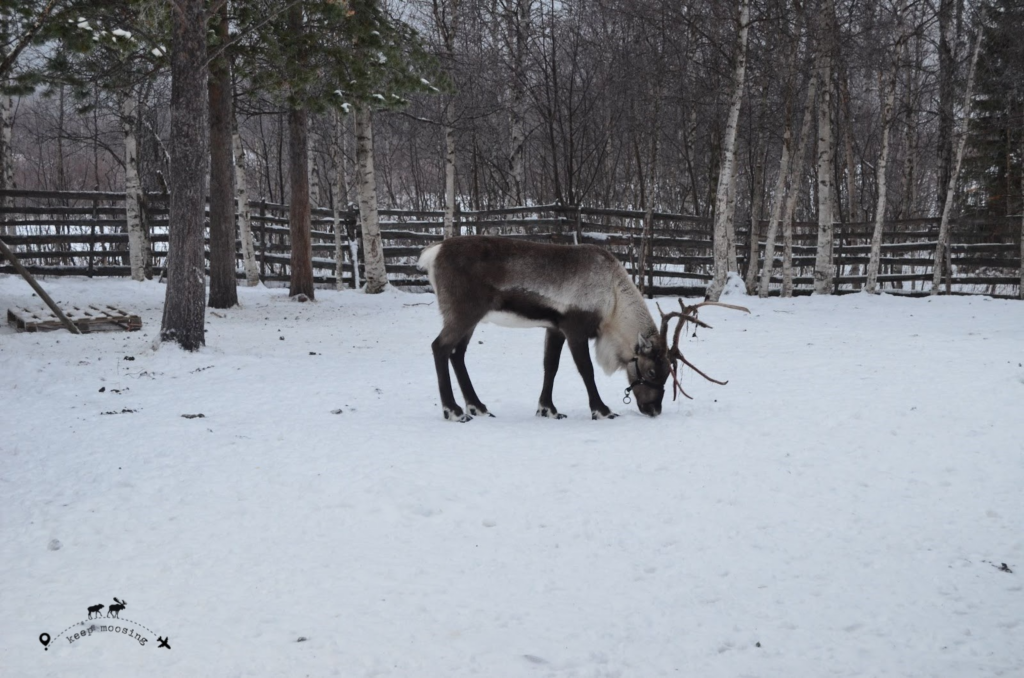
Nutti Sámi Siida is open daily from 10am to 4pm in winter (7 November to 17 April) and from 10am to 5pm in summer (5 June to 6 November). Tickets cost €19 for adults, €10 for children aged 3-12 and €15 for elderly (over 65) and students.
Address: Marknadsvägen 2 in Jukkasjärvi (Jukkasjärvi Kyrkan bus stop).
In the evening, our return overnight train left Kiruna station and took us back to Stockholm, where we caught our flight back to Italy.
What to eat in Swedish Lapland
In Swedish Lapland there are several typical dishes you can try:
- Reindeer meat (Renkött) is a very popular traditional food in these areas. It is usually served in a variety of ways, such as stewed, roasted or smoked;
- Kalixlöjrom is a local speciality made from salmon roe. The eggs are bright red and are often served on rye bread or pannkakor (Swedish pancakes);
- Janssons frestelse (Jansson’s temptation) is a gratin dish of potatoes, anchovies and onions covered in a crust of breadcrumbs. It is a popular traditional dish, especially at Christmas;
- Lingonsylt is a lingonberry jam that is often served with various traditional Swedish dishes. It is particularly good with reindeer meat or meatballs (köttbullar).
Special Tip: where to spend your first or last night in Stockholm
If you are arriving in Stockholm a day early and need to stay overnight to catch the Polar Express the following day, or vice versa, if you need to spend an extra night in the capital on your last day before returning home, this special tip on where to stay is for you!
We opted for the Östermalm district at the Unique Hotel Jungfrugatan: we also recommend you stay at this simple hotel, located in a very quiet area and not far from Stockholm Central Station.
The next morning, you can have breakfast at Östermalms Food Hall, the city’s historic covered market where you can really taste everything!
Tiziano’s Shopping Advice
I highly recommend these Columbia snow boots, perfect for snowy landscapes in Northern Europe. Ever since I bought them, they’ve become an essential for my travels to these cold destinations. These boots are incredibly reliable, especially during this time of year when snow and icy conditions are common.
What I love most is their waterproof design—your feet stay completely dry no matter how much snow you trek through, allowing you to fully enjoy your vacation without worrying about wet or cold feet. If you’re heading to these latitudes, these Columbia boots are a must-have for comfort and peace of mind!
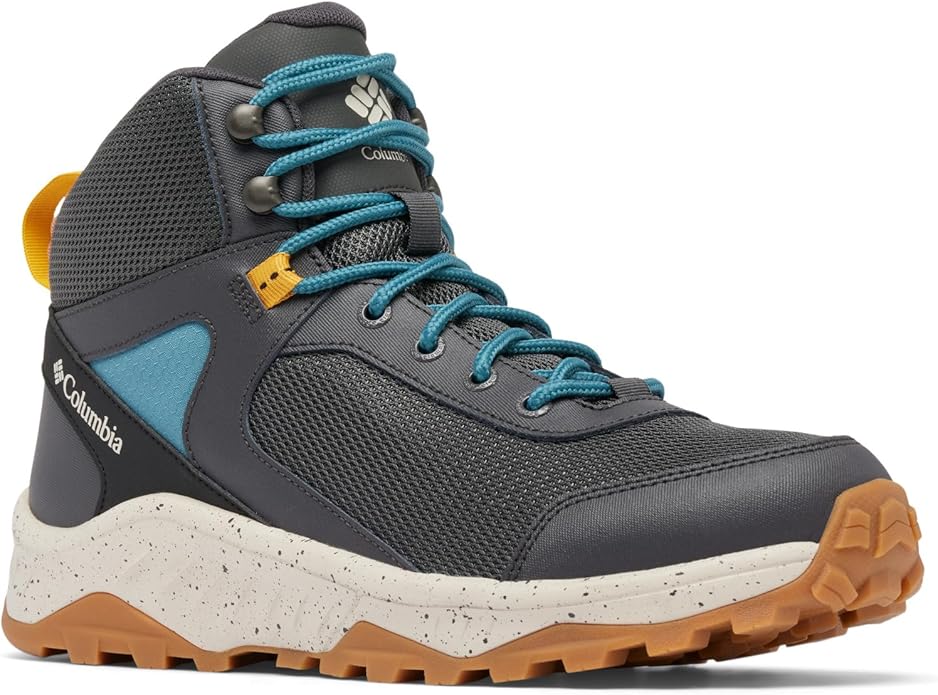
Travel Tips from KeepMoosing
Traveling is exciting, but protecting your data should always be a priority. That’s why we trust Surfshark, a leading cybersecurity company offering tools like VPN, Antivirus, and Alert (a data breach detection system). We highly recommend Surfshark for its versatile VPN, which is perfect for keeping your digital life secure while on the go.
With Surfshark VPN, you can safely use public Wi-Fi networks without worrying about fraud or hacking, ensuring your sensitive information, such as passwords and banking details, stays protected. It also allows you to bypass geographical restrictions, so you can stream your favorite TV shows or access region-blocked websites from anywhere.
We also suggest using Surfshark VPN while planning your trip. It helps you avoid price discrimination by changing your virtual location, often leading to better deals on flights and hotels.
You can buy your subscription here!
Conclusions
In conclusion, by following some of the advice above, you can spend just under €1000 per person for a whole week at the end of the world, admiring the evocative Lappish landscapes at their best, in winter.
You will have the opportunity to enjoy unforgettable experiences such as sleeping in a glass igloo over a frozen river or waking up in the middle of a snow-covered forest on board the Polar Express.
We really hope this guide about what to see in Swedish Lapland in winter will help you plan your trip! Please write your questions in the box below and we will be happy to get back to you as soon as possible!
***Some of the links on our blog are affiliate links. By purchasing through these links, you help us support our work at no extra cost to you.***

